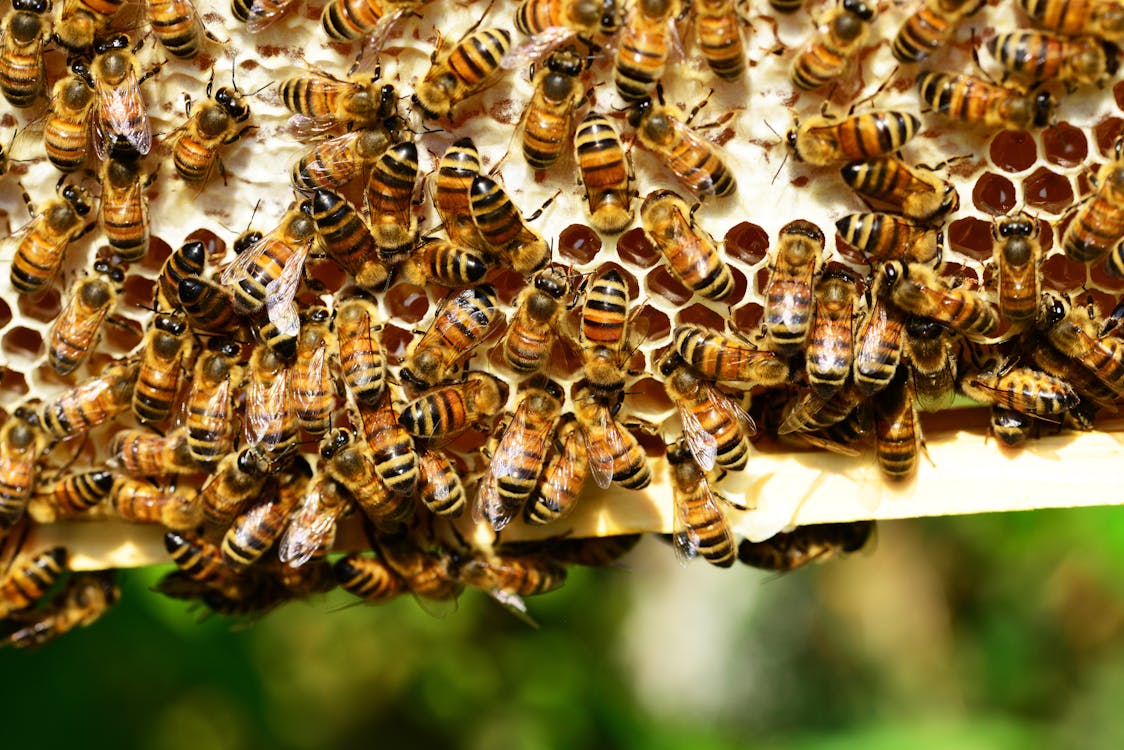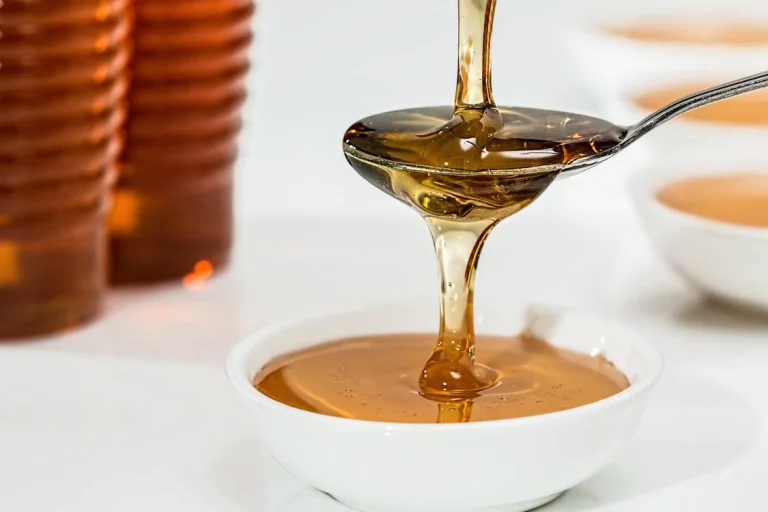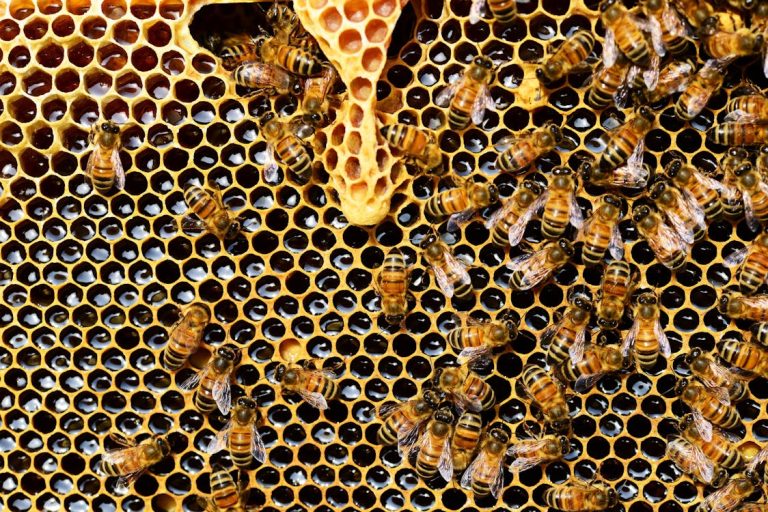Unlocking the Sweet Secrets: 7 Things You Should Know About Honey
“Unraveling the Mysteries of Honey: 6 Fascinating Facts to Sweeten Your Knowledge”
Did you know that North Americans consume significantly more honey than their own production can supply? Surprisingly, up to three-quarters of the honey consumed in North America is imported from various regions around the globe. While this abundance satisfies our collective sweet tooth, it also raises concerns about the purity and authenticity of imported honey, with some blends potentially containing additives like cheap corn syrup or GMOs.
That’s why experts often advocate for the consumption of local honey, which not only supports local beekeepers but also offers a deeper connection to the unique floral landscapes surrounding the hives. Each jar of local honey serves as a testament to the diverse biodiversity in its vicinity, influencing its flavor profile, color, and texture in delightful ways.
Delving into the world of honey reveals a treasure trove of intriguing facts that may surprise even the most avid honey enthusiast. Here are six captivating insights that will undoubtedly enrich your appreciation for this golden elixir:
- Bees Stay Close to Home: Despite the notion that bees might travel far and wide to collect nectar, they typically forage within a 3 km (2 miles) radius of their hive. In some cases, bees may travel up to 8 km if they discover particularly delectable nectar. Considering that a worker bee’s lifespan during production season is only about 6 weeks, their dedication to gathering nectar is truly remarkable.
- Nectar Transformation is a Team Effort: Converting nectar into honey is a labor-intensive process. Bees meticulously reduce the moisture content of nectar, which is initially about 70%, to the 17% found in honey. They accomplish this by fanning their wings over open hive cells, facilitating evaporation and humidity reduction. Additionally, bees add an enzyme called invertase to aid in sugar digestion, enhancing the honey’s nutritional value.
- Urban Beekeeping Yields Impressive Results: Contrary to popular belief, urban bee hives can produce substantial quantities of honey, often yielding around 100 jars per hive annually. Once the nectar is collected and transformed into honey, bees store it in cells within the hive and seal each cell with a thin layer of wax to preserve its freshness.
- Honey is Virtually Timeless: Due to its natural antibacterial properties, raw artisanal honey can be preserved indefinitely. In fact, it has been used for medicinal purposes, such as wound care, thanks to its ability to create a protective barrier against infection and promote healing. As a living, unprocessed product, raw honey is an ideal sweetener for raw food diets and individuals seeking alternatives to refined sugars.
- The Raw vs. Pasteurized Honey Debate: Just like raw milk cheese, raw honey differs significantly from its pasteurized counterpart. Pasteurization strips honey of its natural vitamins, enzymes, and antioxidants, resulting in a loss of flavor and nutritional value. Raw honey, on the other hand, retains its natural goodness and is preferred by discerning honey connoisseurs.
- Embracing Honey Crystallization: Contrary to popular belief, crystallization is a natural phenomenon that occurs in all artisanal, raw honey over time. Rather than indicating spoilage, crystallization enhances the honey’s texture and flavor, making it easier to spread and use in various culinary applications.
Beyond its culinary and skincare benefits, honey serves as a catalyst for broader conversations about environmental sustainability and food systems. In urban environments, beekeeping can play a crucial role in promoting biodiversity and enhancing ecosystem health, making honey more than just a sweet treat—it’s a symbol of our interconnectedness with nature.




